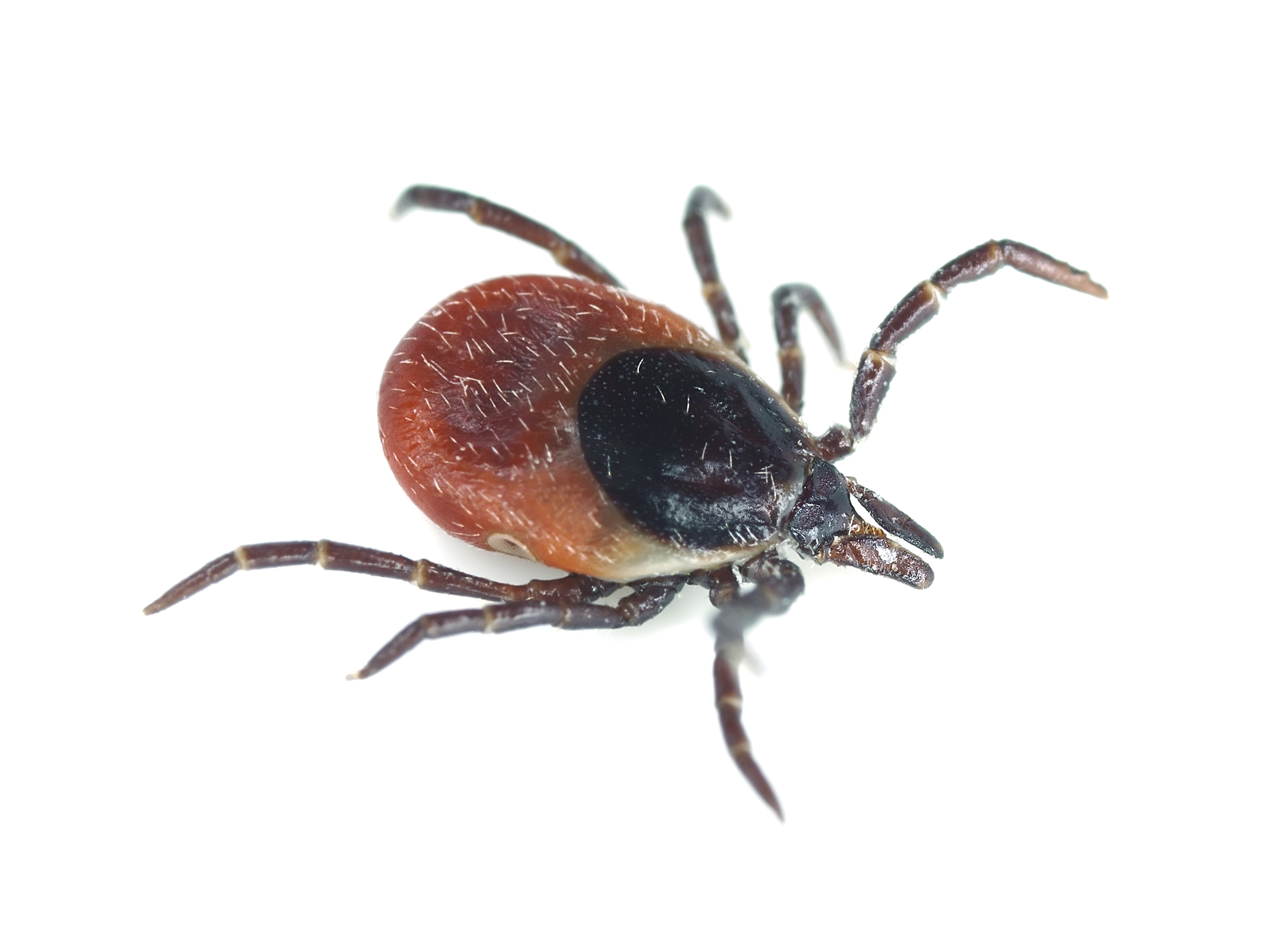Since the late, 1970s, ticks have become a common part of the life of the New Englander. We learned back then that ticks were the vector, or carrier, for Borrelia burgdorferi, the bacteria responsible for Lyme Disease. Ticks can also be the vector for other bacteria, parasites or viruses that can cause debilitating illnesses, which are now categorized as ‘tick borne diseases.’
Lyme is Not the only Problem
Alone, Lyme can cause a myriad of symptoms, including a rash, fatigue, fever, swollen glands, arthritis, sleep disturbances, cognitive changes, and many more. It is common for individuals who have Lyme to also be co-infected with another bacteria, parasite or virus from the same tick bite.
A Must-Read Handbook
In 2007, the State of Connecticut put together a wonderful, educational, research-based book, called “The Tick Management Handbook,” by Kirby Stafford, PhD. The State no longer publishes the Handbook, but you can download it on the Connecticut Department of Public Health website; search Tick Management Handbook (www.ct.gov/dph). A link for the download is towards the bottom of the Connecticut DPH Lyme Disease webpage. (Or type ‘Tick Management Handbook’ in the search box.) This Handbook is the best single source for general information about ticks, tick-borne diseases, incubation, and prevention. This is a must read for all.
Ticks are a Year-Round Problem
Stafford emphasizes the numerous reservoirs for ticks; animals that the tick will feed on during its life cycle. Among these are squirrels, birds, deer, cats, dogs, and mice. We must recognize that we may invite some of these animals (dogs and cats especially) into our home and others come in uninvited. The risk for exposure to a tick can occur in and out of the home and at all times of the year.
10 Ways to Reduce the Risk of Tick Exposure and the Transmission of Tick-Borne Diseases.
1. Daily Tick Checks – According to research, it appears that the risk for transmission of the bacteria (B. Burgdorferi) for Lyme disease is less than 5% if the tick is attached for only 24 hours. If the tick is attached for 48 hours the risk of transmission increases to 80%. Daily tick checks of the entire body are the best way to keep the risk of transmission low. Parents should implement tick checks as part of bed-time routine.
2. Avoid tick habitats like wooded and bushy areas with high grass and a lot of leaf litter. If entering a tick area, walk in the center of the trail to avoid overgrown grass, brush and leaf litter.
3. Wear long pants, long sleeves, and long socks to keep ticks off your skin. Light-colored clothing will make it easier to spot ticks on clothing. Tuck pant legs into socks or boots, and tuck shirts into pants to keep ticks on the outside of clothing.
4. If spending long amounts of time outdoors, consider anti-tick bug spray. I am aware of the concern of using chemicals like DEET, but please consider the occasional use of a product containing DEET or something else that kills ticks to decrease your risk of getting bit by a tick. Use insect repellents containing from 20 percent up to 50 percent DEET on exposed skin and clothing. Products containing permethrin also are effective, but are to be used on clothing only.
5. Leave clothes in the dryer for an hour. Ticks cannot survive an atmosphere with very low humidity.
6. Remove a tick from your skin as soon as you notice it. Use fine-tipped tweezers to firmly grasp the tick very close to your skin. With a steady motion, pull the tick’s body away from your skin. Keep the tick. Some public health departments will test the tick for B. burgdorferi for a minor fee. This result can be very helpful when considering treatment
7. Don’t use petroleum jelly, a match, nail polish or any other method to remove the tick.
8. Clean your skin with soap and warm water.
9. Avoid crushing the tick’s body. Do not be alarmed if the tick’s mouthparts remain in the skin. Once the mouthparts are removed from the tick’s body, disease bacteria can no longer be transmitted to you.
10. If you accidentally crush the tick, clean your skin with soap and warm water, or with alcohol.
Following these steps will help reducing the risk of exposure to tick borne diseases for you and your family.
Dr. Pasternak is a New York State native who earned her bachelor degree in Cellular and Molecular Biology from SUNY New Paltz. She then received her doctorate degree in Naturopathic Medicine from Bastyr University in Washington State. Dr. Pasternak has specialized training in infectious disease and natural treatments for tick borne diseases and also has a passion for treating women’s health, autoimmune, endocrine and gastrointestinal health issues. She values partnering with patients, to meet them where they are and empowering them with her knowledge of botanical medicine, nutrition and lifestyle medicine. She can be reached at Connecticut Natural Health Services, 315 East Center St., Manchester, CT 06040; phone (860) 533-0179.
